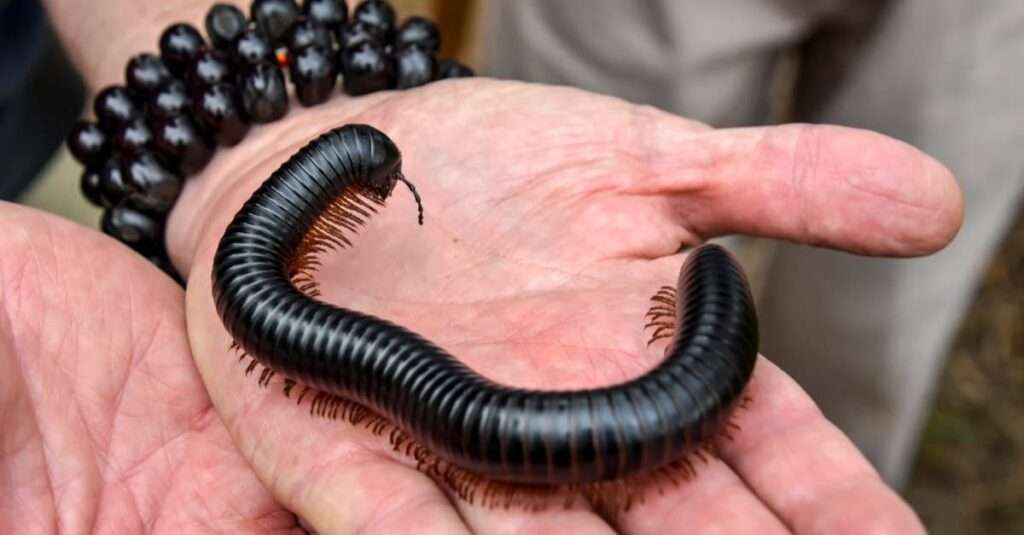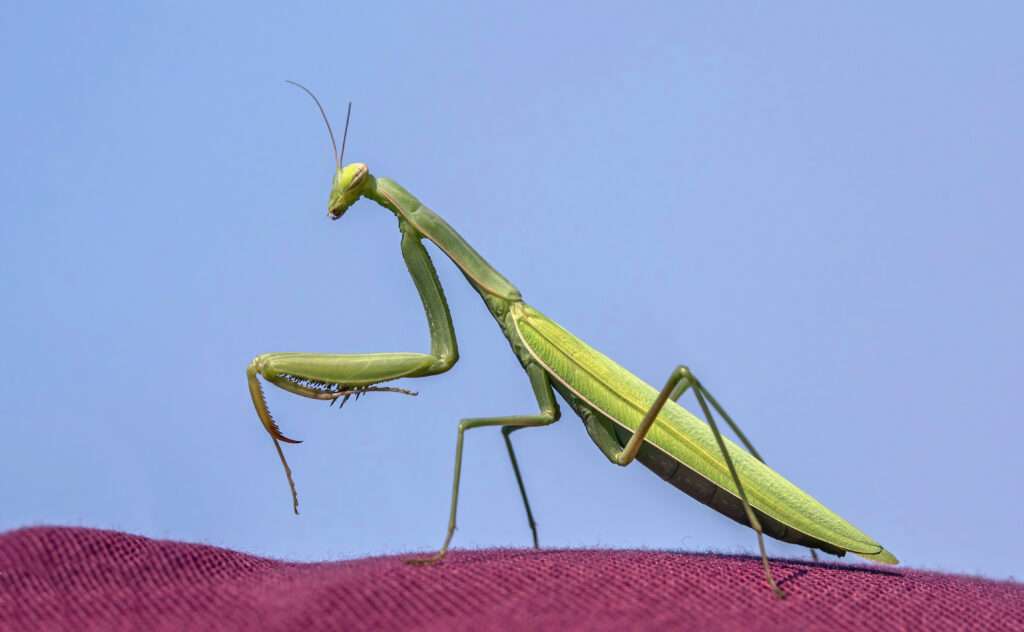
Small sap-sucking insects known as aphids belong to the Aphidoidea group. Despite the fact that individuals within a species can have a wide range of hue, common names for insects include greenfly and blackfly. The group consists of the white, fluffy wooly aphids. A common life cycle comprises female nymphs, who may also be pregnant, being born live by flightless females, an adaptation known as telescoping generations by biologists. These insects multiply quickly because females spawn frequently and mature quickly. Later in the season, winged females may emerge, enabling the insects to colonize other plants. In the autumn, a stage of sexual reproduction takes place in temperate areas, and the insects frequently overwinter as eggs.
There are about 400 of them to be found on food and fiber crops, and many of them are serious pests to forestry and agriculture in addition to being a nuisance to gardeners. The so-called “dairying ants” care for aphids for their honeydew and defend them from predators in a mutualistic relationship.
Habitat
Aphids come in tens of thousands of different species, and Michigan likely has 250 different types. Small enough to float on the wind and travel great distances are adult aphids with wings.
Aphids are nearly often discovered on or close to the plants they eat. Sometimes they can be found hiding in the leafy crinkles. Aphids are present anywhere there are plants.
Physical Appearance
- Aphids are soft-bodied insects with relatively small bodies (just a few millimeters long). They have two little tubes called cornicles at the end of their abdomen. Small eyes and sucking mouthparts are features of them.
- Usually green, however they can also be red, black, or brown. They don’t hop or jump; they move gently. Typically, their antennae are fairly lengthy.
- Aphid adults typically lack wings.
- However during periods of high population or in the spring and fall most species can also be found with wings, especially.
- When the quality of the food source declines, the pest has a way to spread to other plants thanks to its ability to produce winged offspring.

Diet
Herbivores are aphids. They extract plant fluids from a plant’s leaves, stems, or roots. They frequently consume drinks that are higher in sugar than in protein. Aphids must consume a lot of sugary juice in order to consume enough protein, which causes them to excrete a lot of the sugar. They do not require it. They emit a sugary liquid known as “honeydew,” which is consumed by numerous other insects.
Life Cycle
Aphids produce a lot of offspring each year. The majority of aphids thrive in the moderate climate of California, where they reproduce asexually for the majority of the year. Adult females give birth to live young, sometimes as many as 12, without mating. Nymphs are the name for young aphids. Before they reach adulthood, they molt, shedding their skin around four times. No pupal stage exists. In the fall or winter some species develop sexual forms that pair and lay eggs, giving them a more resilient stage to withstand bad weather and the lack of leaves on deciduous plants.
Many types of aphids can mature from a newborn nymph to a reproducing adult in seven to eight days when the climate is warm.
Species Number
Aphids come in more than 4,000 different species, 250 of which are pests of agricultural and ornamental plants.
- Bird cherry-oat aphid
- Wheat aphid
- The pea aphid
- Black bean aphid
- Oleander aphid
- Soybean aphid
Table





